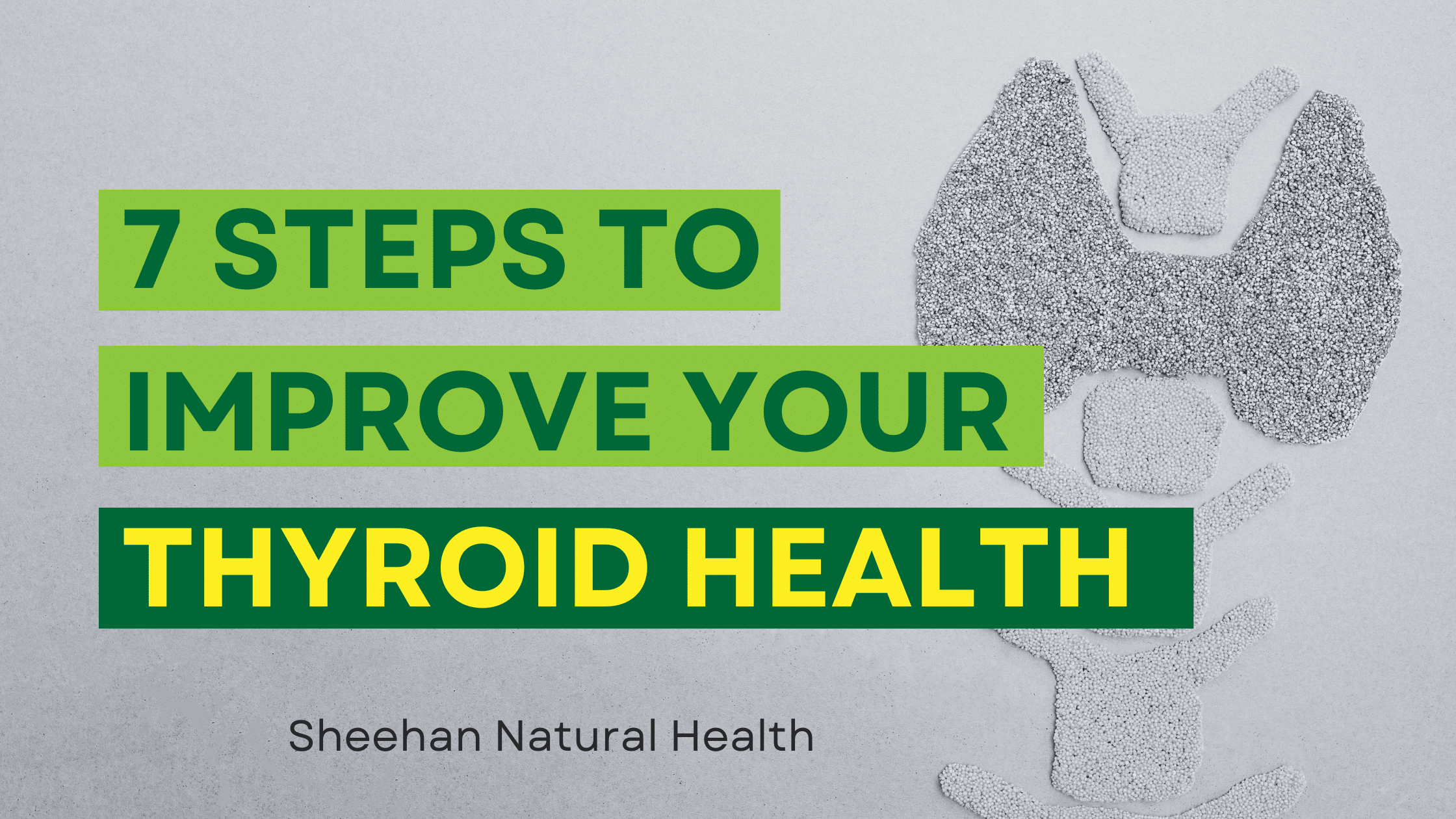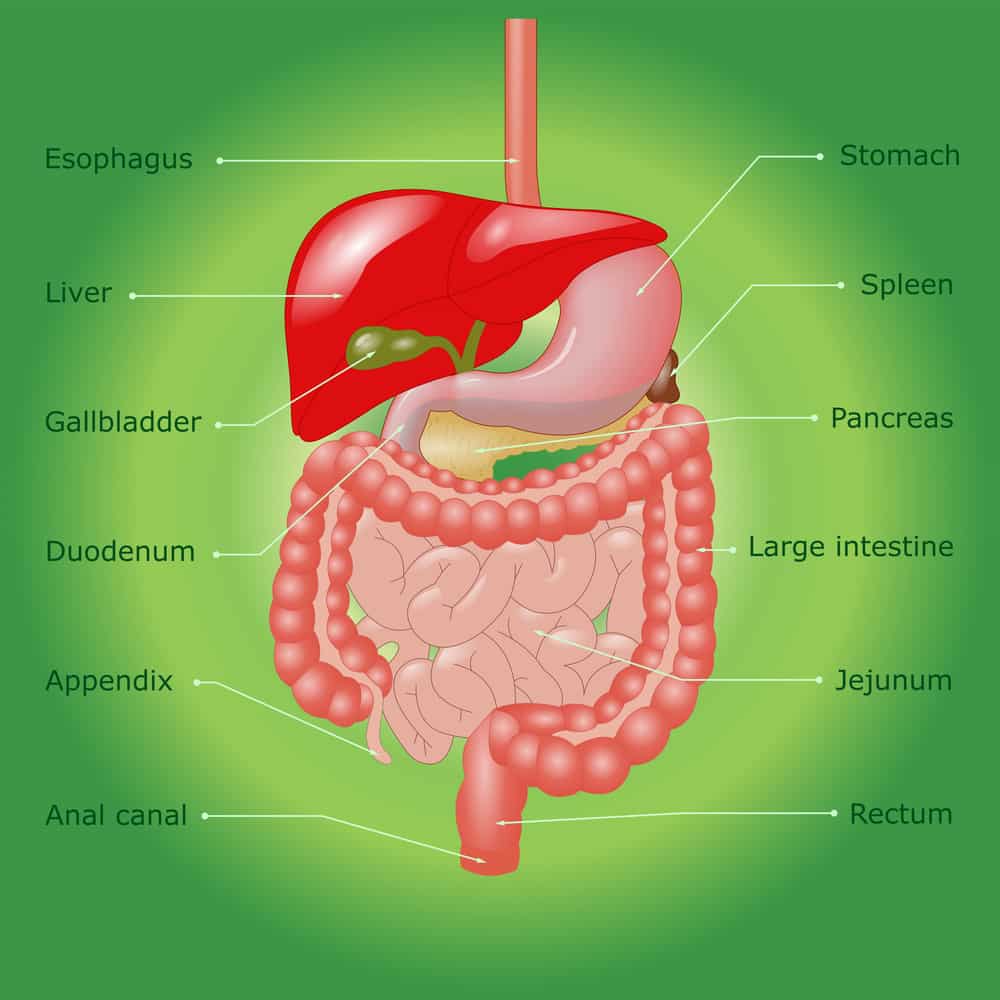Introduction
Lyme Disease is an infection and gets better when treated with antibiotics.
Right?
Well, it’s debatable.
Studies show that Lyme disease improves with antibiotics when in its early phases, but that treatment with antibiotics in chronic or persistent Lyme may be ineffective or make matters worse.
Persistent Lyme Disease or Post Lyme Syndrome is a real phenomenon—notoriously difficult to solve–and we frequently see these patients in our clinic.
I just want to clarify—this is NOT an article on what to do for Lyme Disease. We need to stop thinking of Lyme Disease as an infection that must be killed and start thinking of it as a process going on in the body that can have many different contributing factors. The overall health of the body must be addressed, and many times this is more important than trying to treat any infection that may or may not be present.
And who do we treat but the people who have tried everything else—not in all cases but very often the people who come to us do so only as a last resort. This is a concerning situation because we try hard to get the word out that prevention is the key. We would much prefer to help a person prevent future disease and health problems than try to bring someone back after they have been suffering already for many years with no solutions. Nevertheless, we do see people with Lyme Disease, whether they know it or not. And we don’t see the typical acute Lyme cases—those have already been helped by a simple course of antibiotics—we see the complicated persistent Lyme cases, where the person has multiple health issues and complicating factors which impair their immunity and block their recovery, in spite of their and their doctors’ best efforts.
In fact, Dr. Sheehan mentioned to me the other day that he recently saw a patient who presented saying they had Lyme, when in fact they did not. And of course, the converse is also often the case, where the person has no idea Lyme is involved with their symptoms, but it is.
Persistent Lyme Disease, like the cases we often see, is very rarely (maybe never) the only issue. To make matters more confusing, Lyme symptoms can be confused with many other health conditions. For example, metabolic syndrome, iron overload, subclinical hypothyroidism, food intolerances, other chronic infections, nutrient deficiencies, and heavy metal toxicity can all look like Lyme. Teasing out these other health challenges and handling the strands one by one in the correct order is crucial to our patients’ recovery.
Lyme Disease and Metabolic Syndrome
Metabolic Syndrome is an early stage of dysregulated sugar metabolism. This condition has been increasing steadily in this country over the past three decades, and about one-third of people had the condition in 2012.
Let that sink in for a moment. One-Third.
Metabolic Syndrome causes inflammation and will continue to develop into diabetes in a large percentage of cases.
You can live with a low level of Metabolic Syndrome for many years, but it will put you at higher risk for Alzheimer’s disease, periodontal disease, and tooth loss, cardiovascular disease, diabetes type II, chronic kidney disease, liver cancer, vascular damage in aging, prostate cancer, PCOS, atypical major depressive disorder, kidney stones, knee osteoarthritis, among other fun issues.
Here are some clinical manifestations of Metabolic Syndrome: mental sluggishness, joint pain, fatigue, muscle weakness, loss of motivation and drive, dizziness, weight gain or obesity, dizziness, PCOS, mild depression, craving for sugar or stimulants, and raised cholesterol.
And here are some symptoms of persistent (chronic) Lyme Disease: fatigue, joint pain, muscle pain, other pain, sleep issues, cognitive issues, neuropathy, depression, heart issues, and headaches.
See any similarities?
Metabolic Syndrome is very common. Much more common than Lyme Disease. It is also relatively easy to help. Most people with Metabolic Syndrome benefit from cutting sugar intake and getting more exercise, which will increase sugar sensitivity. In some cases, there are other factors at play for which you must consult a professional, but you can’t go wrong with sticking to the basics.
So how do you know if you might have Metabolic Syndrome?
Look at the following chart (image courtesy of garmaonhealth.com):

Lyme Disease and Iron Overload
Iron overload is a relatively common condition that can vary in severity between functional iron overload all the way to full-blown hereditary hemochromatosis (HH). Iron overload is caused by a genetic polymorphism (in fact it is the most common genetic disorder in North America) that is most common in individuals of Northern European ancestry. Up to 1 in 9 are carriers of the mutation. Up to 1 in 200 have full-blown HH.
Both HH and functional iron overload have a sort of vague symptoms that are easily mistaken for other conditions so are often not detected until significant morbidity is already present.
The symptoms of iron overload are (from least to more severe): abdominal pain, weakness, lethargy, arthralgias, weight loss, diabetes, increase in skin pigmentation or bronzing congestive heart failure, and arrhythmias. As you can see, functional iron overload and HH especially are quite dangerous but are typically never identified until late in the disease process when a lot of damage has already been done. It’s better to catch it sooner, obviously. Luckily, this is easy to do.
Laboratory tests will reveal functional iron overload, but it’s important to look at the whole iron picture, and not just one test like serum ferritin or serum iron. A complete evaluation of iron levels will additionally include total iron-binding capacity (TIBC), unsaturated iron-binding capacity (UIBC), percent transferrin saturation and ALT/SGPT. For more on this, check out my blog post where I go into greater detail.
Nutrition Response Testing and Functional Medicine easily find iron overload. In our clinic, a relatively large number of people do have functional iron overload. When they are tested and treated (the best treatment is blood donation), they improve.
Iron overload can look a lot like Lyme disease. Excess iron can also suppress the immune system, worsening any chronic infections that may be present. In our experience, it’s best to handle the iron overload first before trying to get anywhere with chronic infections. Lyme especially will not respond until the iron overload is addressed.
If you are interested in learning more about iron overload, I highly recommend you watch Chris Kresser’s awesome presentation:
https://chriskresser.com/iron-behaving-badly-the-role-of-iron-overload-in-metabolic-disease/
Nutritiously yours,
Laura Sheehan




